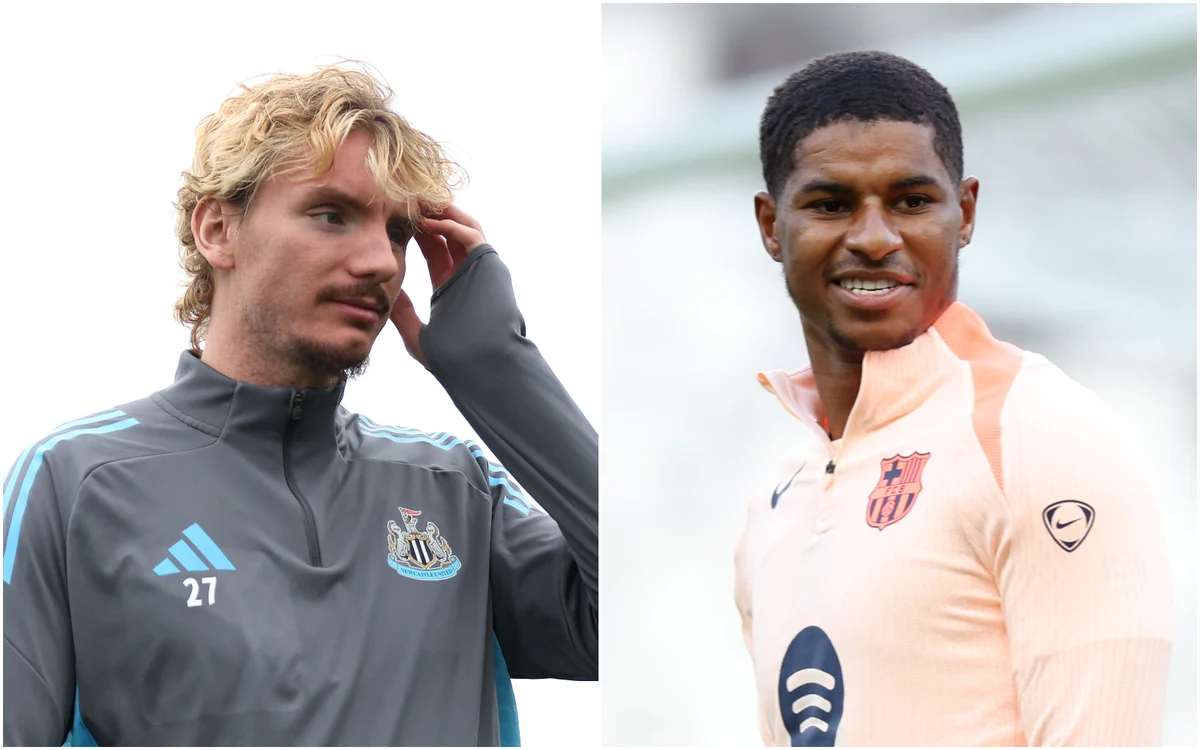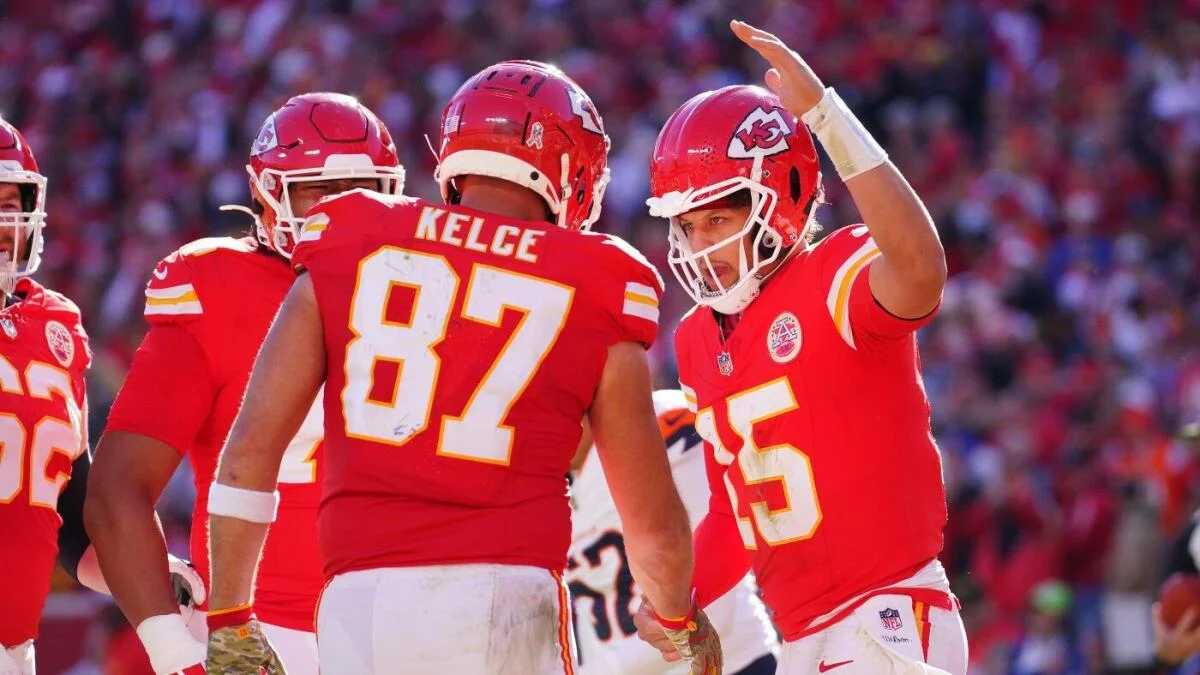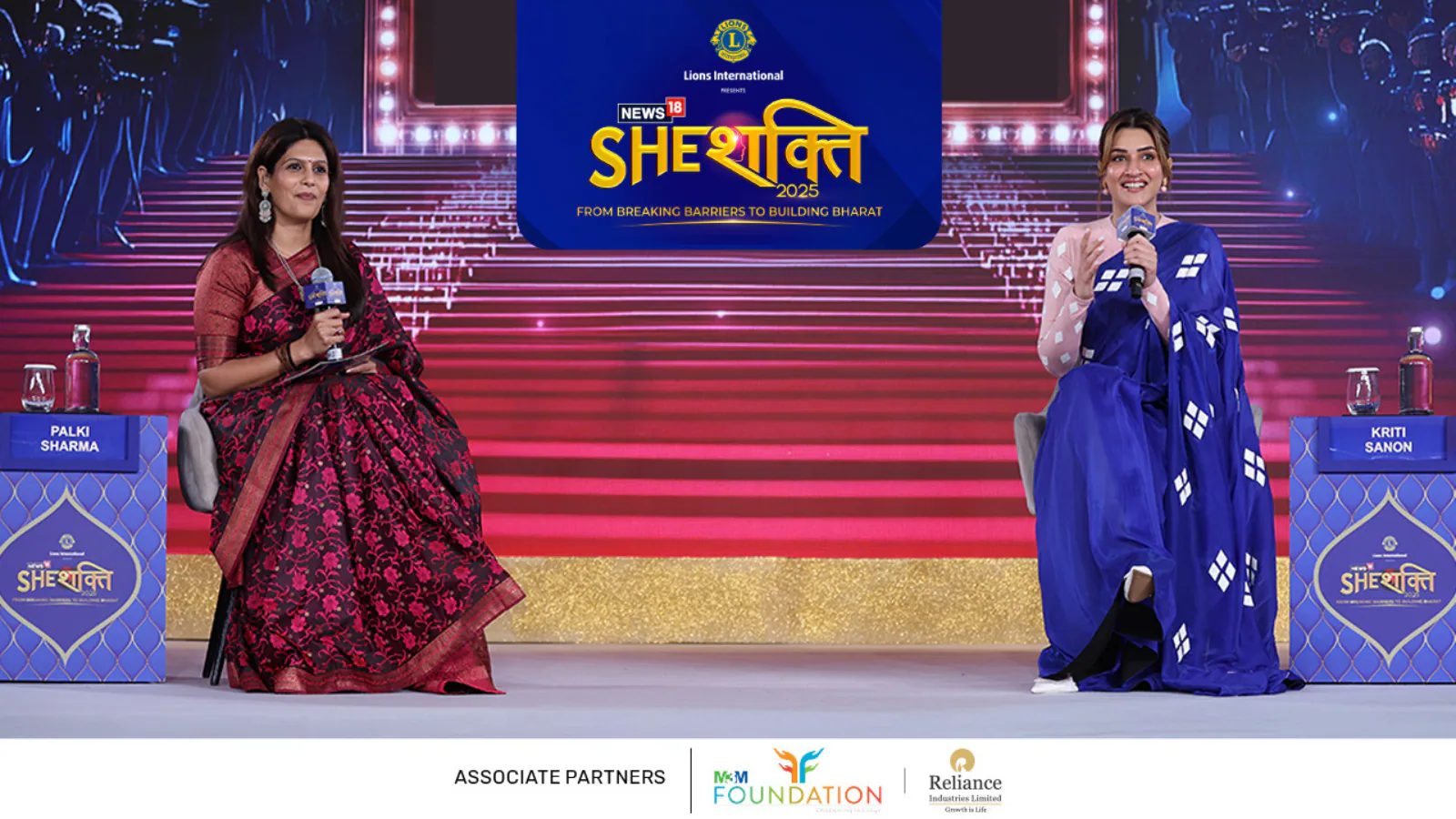
Golf influencer and Paige Spiranac didn’t mince words following the Ryder Cup at Bethpage Black: the behavior from portions of the crowd was unacceptable. While the Ryder Cup is known for its electric atmospheres and partisan support, Spiranac argues the tone has tipped from intense into toxic.
On social media, Spiranac called out the constant heckling and vulgar chants directed at Rory McIlroy and others. She framed it not as an isolated issue in golf, but as a symptom of a larger problem in sports.
“I’m sadly not shocked by the fan behavior at the Ryder Cup because it’s become the norm at most sporting events and in my opinion it needs to change across all sports,” Spiranac said.
Her argument resonates with many observers who felt the crowd at Bethpage sometimes overshadowed the competition itself. When security had to physically confront a fan who shouted an expletive at McIlroy, it underlined how far beyond mere “cheering” the behavior had drifted. For fans, players, and broadcasters alike, the tension and hostility at times became part of the story.
The Examples That Sparked Backlash
Spiranac referenced attending a football game where she witnessed a man drunk, yelling vile insults at players and fans, spilling drinks, and even encouraging his young nephew to repeat the abusive chants. She used that memory to underscore her point: this is not just about one golf event or one irate fan. It’s a culture that’s being passed down.
During the Ryder Cup, McIlroy twice was forced to pause on the green until fans quieted down. On Saturday, in particular, McIlroy refused to putt until the crowd settled, highlighting the extent to which the noise and heckling had crossed from “energetic support” into active disruption.
Those moments mattered not just for optics but for competitive fairness. Golf is a sport of precision and concentration; when external factors like crowd heckling invade that mental space, it can shift outcomes. And when it becomes normalized, players of all levels may face increased stress, distraction, or even hostility in future events.
Unruly Fans in All Sports
While Spiranac’s critique was sparked by what she saw at Bethpage, she insists this isn’t just a golf problem; it’s a sports problem. Across stadiums and arenas, fans have pushed boundaries: profanity, physical altercations, harassment, abuse, targeting players, officials, other fans. The line between spirited support and abuse is blurring.
Consider other high-intensity settings: soccer matches where fans hurl insults or projectiles, basketball arenas with crowd confrontations, or motorsport events where spectator misbehavior has threatened safety. In each case, the emotional stakes of competition can inflame bad behavior. What’s changed is scale, amplification (through social media), and, some argue, declining norms about respect.
Spiranac’s call for change is less about stifling fan energy than restoring civility and balance. She’s not saying fans must be sterile, quiet observers. Rather, she’s advocating for clear boundaries: passion is welcome, but abuse is not.
“I’m not saying you have to sit quietly. You can have passion, chirp, have fun banter, enjoy yourself at the event or game, but there’s a line and it’s crossed so many times now,” Spiranac said.
Steps Toward Better Fan Culture
1. Clear, consistently enforced rules
Sports leagues and event organizers should articulate explicit codes of conduct for fans: no foul language, no harassment of players, no chanting that targets personal or protected attributes. And these rules must be consistently enforced, not selectively ignored when crowd energy is “part of the show.”
2. Escalating consequences
Fans who cross the line should face escalating consequences: first warnings, then removal, bans, or legal action if necessary. Security personnel must be empowered to back up enforcement. When a fan’s behavior disrupts play or threatens participants, immediate intervention is justified.
3. Education and precedent
Part of the problem is that many fans don’t recognize they’ve crossed a line until much harm is done. Pre-event reminders (announcements, signage, codes on tickets) can help set expectations. Over time, building a culture where bad behavior is socially frowned upon will shift norms.
4. Role modeling from players, media, and leagues
Athletes and commentators can call out bad crowd behavior when it happens, rather than silently tolerating it. Leagues should publicly support such calls and back them with action. Celebrating fans who behave responsibly also helps.



